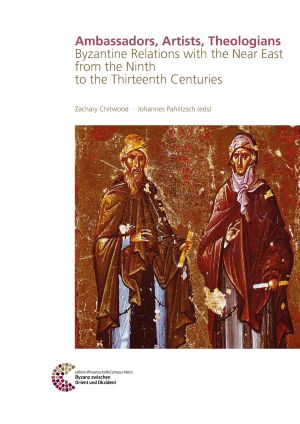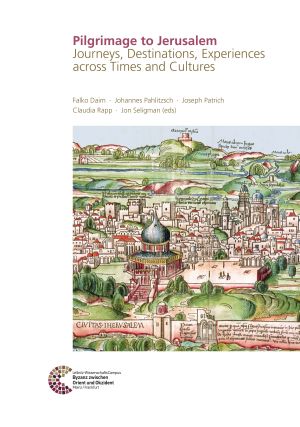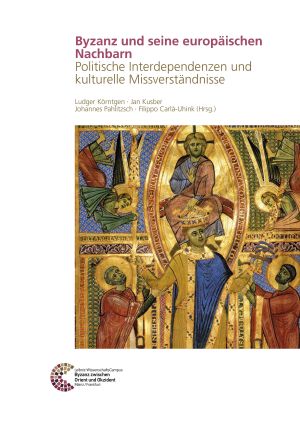Pahlitzsch, Johannes
Ambassadors, Artists, Theologians: Byzantine Relations with the Near East from the Ninth to the Thirteenth Centuries
The contributors in the edited volume »Ambassadors, Artists, Theologians: Byzantine Relations with the Near East from the Ninth to the Thirteenth Centuries« examine the complex dynamics which arose between the Byzantine Empire and the Near East. Moving beyond the tradition of histoire événementielle, the contributions collected here highlight the passing of artistic practices, ideas and interlocutors between Byzantium and the Islamicate world. In this way, this volume seeks to nuance and contextualize our understanding of the relationship between these two medieval cultural spheres.
Pilgrimage to Jerusalem. Journeys, Destinations, Experiences across Times and Cultures: Proceedings of the Conference held in Jerusalem, 5th to 7th December 2017
Jerusalem is a city holy to three world religions: Judaism, Christianity and Islam. From the early Byzantine period, Christian pilgrimage here and to other holy sites became a »mass phenomenon«. Thousands of Christians set out to holy sites in Palestine, Egypt and other places in order to physically experience salvation history and seek divine intervention in their lives. Numerous travel reports, pilgrim guides and other written sources highlight important aspects of pilgrimage. In addition, many well-preserved churches, monasteries, hostels and other buildings, as well as rich archaeological findings, provide us with a vivid and synthetic picture of the history of pilgrimage to the Holy Land.
Byzanz und seine europäischen Nachbarn: Politische Interdependenzen und kulturelle Missverständnisse
On the one hand cultural misunderstandings represent a prerequisite for intercultural communications, on the other hand they can also be understood as a method or result of interculturalism and transcultural relationships. In this process there are unthinking as well as provoked and politically manipulated misunderstandings, or rather alleged misunderstandings, which disguise real political or church political conflicts of interest. In addition, there are misunderstandings in research which sometimes states a misunderstanding too quickly, where logic and context are not immediately evident. Such misunderstandings dictated the political-cultural pattern of relationships among the Byzantine Empire, the Latinised West and Slavic world, who all regarded themselves as parts of ecumenical Christianity and who stood in close political and cultural contact over many centuries. In the present book proponents of history, Byzantine studies, art history and theology apply themselves to the analysis of this phenomenon.
Der Doppeladler: Byzanz und die Seldschuken in Anatolien vom späten 11. bis zum 13. Jahrhundert
The Rum Seljuk Empire had emerged after the devastating Battle of Manzikert in 1071 in the previously Byzantine Anatolia. Until its dissolution in early 14th century it was the Byzantines’ most important neighbor on their Eastern border. The Rum Seljuk Empire combined Seljuk and Greek-Orthodox populations. Thus it was in close contact with Byzantium: Especially trade, the exchange of artists and marriages defined these relations. These social and political links as well as the ethnic and religious tolerance that shaped the coexistence of different groups in the Rum Seljuk Empire built the foundation for great art. At the same time we only know little about the Rum Seljuks and their interaction with the Byzantines so that the impression, that there had not been any cultural exchange between them, still prevails.
This conference volume presents the results of an interdisciplinary congress that took place October 1.-3, 2010 in the Römisch-Germanisches Zentralmuseum Mainz. The congress intended to discard this impression and initiate a discussion about problems concerning the Byzantine-Seljuk relations.










